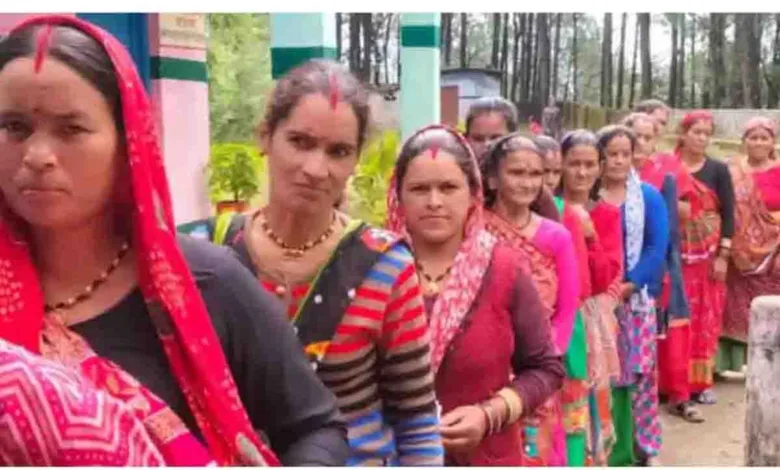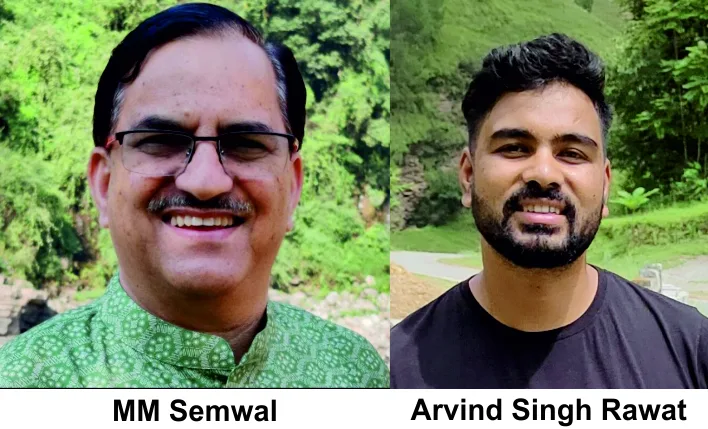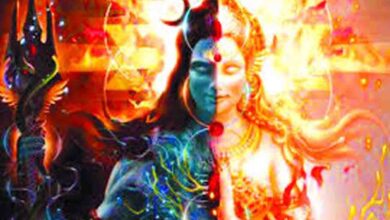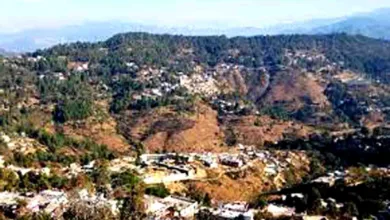Lok Sabha elections- navigating the political landscape in the land of the gods

GUEST COLUMN

Less than a week is left for polling in the first phase of the Lok Sabha election. The election campaign is in full swing and this time, technological change is shaping election campaigns and party organisations in India. Voting for Lok Sabha will be conducted in Uttarakhand in a single phase on April 19. Uttarakhand has five of the 543 seats in Lok Sabha elections. The Himalayan state has a long history of close elections between the Bharatiya Janata Party and Congress for Lok Sabha seats. In the past, the BJP made a clean sweep in both 2014 and 2019 parliamentary elections, winning all five seats. This time, 55 candidates were contesting in five Lok Sabha constituencies in the State. According to additional chief electoral officer Vijay Kumar Jogdande, 11 candidates are running for Tehri seat, 13 for Garhwal, seven for Almora, 10 for Nainital-Udham Singh Nagar and 14 for Haridwar. According to an ADR report, 23 of the 55 candidates running for Lok Sabha in Uttarakhand are crorepatis. This time, only four female candidates are contesting election in the State. The Election Commission of India published the final electoral roll of Uttarakhand; the State has 82,43,423 voters out of whom 42,70,597 are males, 39,72,540 are females and 286 third-gender voters. The women’s voting patterns (silent voters) will be a deciding factor in the election. The current BJP regime under CM Pushkar Singh Dhami has also tried to uphold the BJP narrative of ‘Nari Shakti’ and ‘Viksit Bharat’ by recently introducing Uniform Civil Code (UCC) in the State. The UCC focuses also on women’s inheritance rights in elaboration and has been well-received by women voters across the State. The passage of the Women’s Reservation Bill in Parliament will also prove to be a winning stroke for the current regime.
Due to the rising population density in the plains, urban centres have become a major voting banks for political parties and the BJP has a greater stronghold on these. In contrast, Congress has its traditional vote bank in the rural areas. The disparities in distribution of voters in plains and mountainous regions are also a major issue for a State like Uttarakhand. The main issues in the urban areas constituency are parking woes, water crisis, unemployment, human-wildlife conflict and traffic management. In the mountainous region, issues like migration, unemployment, need for better educational and health facilities, road infrastructure, etc remain important. The contest in the Garhwal region seems more intriguing among the State’s two regions. Haridwar Lok Sabha constituency is gearing up for a heated political contest with BJP’s former chief minister, Trivendra Singh Rawat and Congress’s State vice president, Virender Rawat, contesting for the seat. Congress has a stronghold in Haridwar, while for BJP, the inauguration of Ram Mandir and Hinduvata factor can shape the contest’s outcome. To appeal to Muslim and SC vote banks in the area, the Bahujan Samaj Party has filed Muslim candidate Jamil Ahmed to create a triangular race on this seat. BJP has chosen Anil Baluni (former Rajya Sabha Member) to replace incumbent MP Tirath Singh Rawat in the Garhwal Lok Sabha constituency. Baluni is also a national spokesman of the BJP and his close relationship with the Prime Minister and Home Minister can also favour him. At the same time, Congress has fielded Ganesh Godiyal, a former State party president. With his clean image, Godiyal is said to be a plus point for the Congress, but the party’s weak organisation can affect the outcome of this seat. The Tehri seat is regarded as “Rajshahi” seat in politics because the erstwhile royal family of Tehri has extensive influence in the territories within this constituency. The BJP has fielded Mala Rajya Laxmi Shah for the fourth time against Jot Singh Gunsola of Congress party. The unemployed union president Bobby Panwar is contesting as an independent candidate and has made this seat a triangular contest. However, converting the crowd in rallies into votes will be a major challenge for the opposition. Local people complain about the inaccessibility of their representative along with issues like education, health, employment, displacement due to the Tehri dam and disaster vulnerability. In 17th Lok Sabha, Mala Rajya Laxmi Shah had 86 per cent attendance, participated in 10 debates and asked 147 questions (highest number by an Uttarakhand MP) in the Parliament. In the Kumaon region, the leading contenders for Nainital–Udham Singh Nagar Seat are Akhtar Ali Mahigir from the BSP, Ajay Bhatt from the BJP and Prakash Joshi from the Congress. The recent incident of demolition of an illegally constructed Madarsa in the Vanbhulpura area of Haldwani and the subject of unlawful immigration and settling of non-native members of a particular community into the State, leading to communal tension, can play a massive role in the election. In the 17th Lok Sabha MoS, Ajay Bhatt had 98 per cent attendance, participated in 48 debates and asked 45 questions in Parliament. The Almora seat is the only Lok Sabha seat reserved in the state. Voter sentiment is consistent throughout the four districts that comprise the Almora-Pithoragarh parliamentary seat. Most people in the areas have army backgrounds, so national issues dominate this seat. The key candidates include Narayan Ram from the BSP, Ajay Tamta from the BJP and Pradeep Tamta from the Congress. Ajay Tamta has 89 per cent attendance, participated in 14 debates and asked nine questions during the 17th Lok Sabha.
For the BJP, the response to the Agnipath scheme will be a litmus test since this region has been a traditional army recruitment region. Many youths in this region join the army and the Congress has promised that it will abolish the Agnipath recruitment scheme if it comes to power. Local issues like women’s safety (Ankita Bhandari murder case), exam paper leak scam and the land law agitation may probably affect the BJP’s electoral prospects in Uttarakhand. The recent incident of the land subsidence in Joshimath and the Silkyara tunnel collapse have again shown the region’s vulnerability to disasters. National issues and the perspective of the same party governance in the State and Centre will strongly impact voting behaviour in Uttarakhand and can shape the election outcome. These elections will also test CM Dhami’s leadership and his decisions, especially regarding the implementation of UCC in Uttarakhand and the crackdown on illegal structures and encroachments. Meanwhile, for the opposition, especially for Congress, election results will set up a roadmap for their party in the State. The BJP’s cadre vote bank and poll booth management is much better organised than Congress. Only the results will reveal whether the local issues will significantly impact voting behaviour or whether the BJP government’s major initiatives, such as the inauguration of Ram Mandir in Ayodhya, the abrogation of Article 370, the implementation of the Uniform Civil Code etc., will overshadow the local issues.
(Semwal is head of political science department in HNB Garhwal Central University, Rawat is a senior research fellow in the same department. Views expressed are personal)






